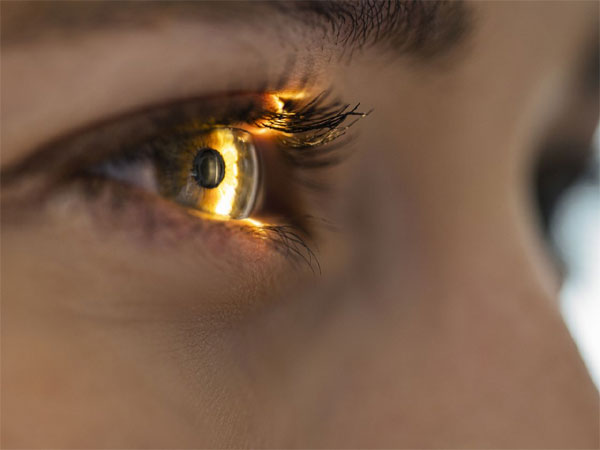Daijiworld Media Network - New Delhi
New Delhi, Oct 21: In a major leap for vision restoration, a wireless retinal implant has shown remarkable success in helping patients with advanced age-related macular degeneration (AMD) regain central vision, according to clinical trial results published on Monday. The study, conducted by researchers from University College London, Stanford Medicine, and the University of Pittsburgh, found that 27 out of 32 participants were able to read again just one year after receiving the implant.
The device, known as PRIMA, is the first of its kind to restore functional sight in individuals suffering from geographic atrophy (GA), the advanced stage of AMD that currently has no cure and is the leading cause of irreversible blindness in older adults, affecting over 5 million people globally.

More than 80% of participants in the trial experienced clinically significant improvements in visual acuity, with some gaining the ability to read letters, words, and even full pages. On average, patients improved by 25 letters — the equivalent of five lines — on a standard eye chart, with one patient improving by an astounding 59 letters (12 lines). Additionally, 84% of participants reported actively using their prosthetic vision at home to read numbers or words.
PRIMA works by replacing damaged photoreceptors in the retina with a 2×2 mm wireless implant. A special pair of glasses equipped with a camera captures visual information and projects it onto the implant using invisible near-infrared light. The implant then converts this light into electrical signals, stimulating the remaining healthy retinal cells and sending visual information to the brain via the optic nerve. Patients can also adjust zoom and contrast settings on the device for better visual clarity.
“This is the first time any vision restoration approach has delivered such consistent and meaningful results across a broad patient group,” said Dr. José-Alain Sahel, chair of ophthalmology at the University of Pittsburgh. “More than 80% of the patients were able to read letters and words, and some of them are reading pages in a book.”
By the end of the first year, all procedure-related side effects had subsided, and the majority of participants reported significant improvements in daily visual function. The findings, published in the New England Journal of Medicine, mark a promising step toward a functional, wearable solution for millions affected by AMD and highlight the growing potential of bioelectronic medicine in treating previously irreversible conditions.